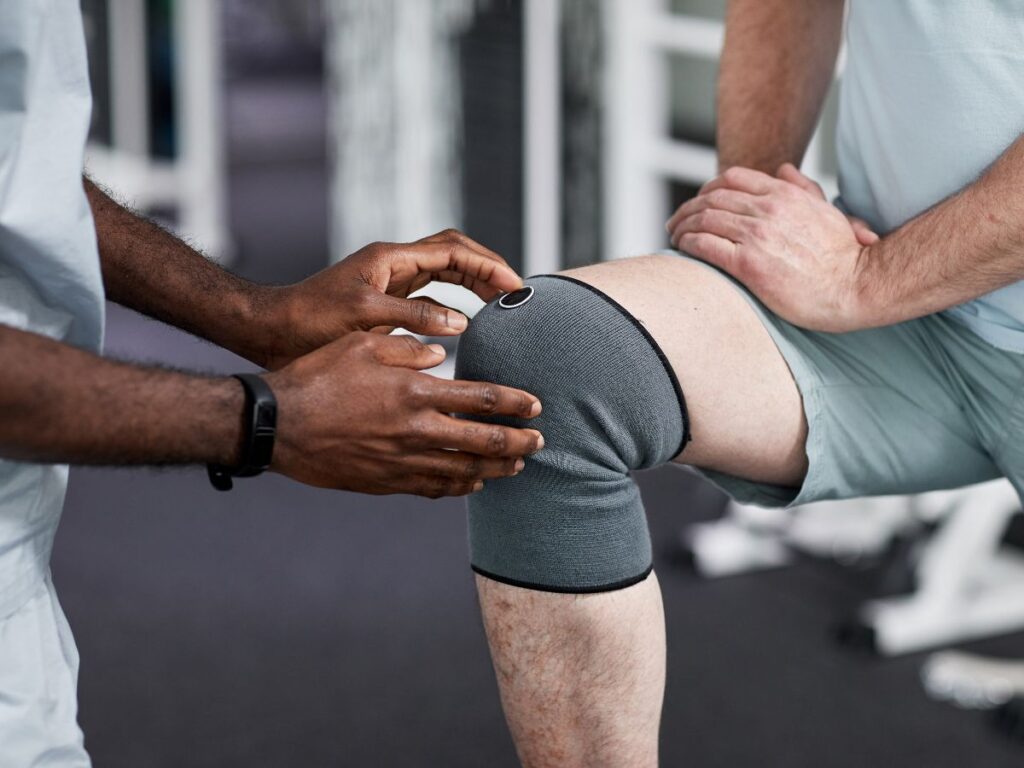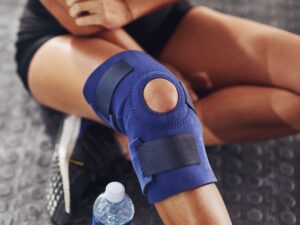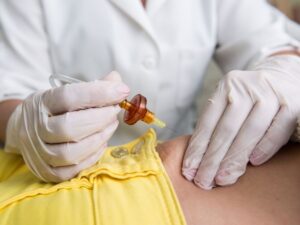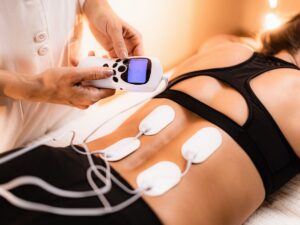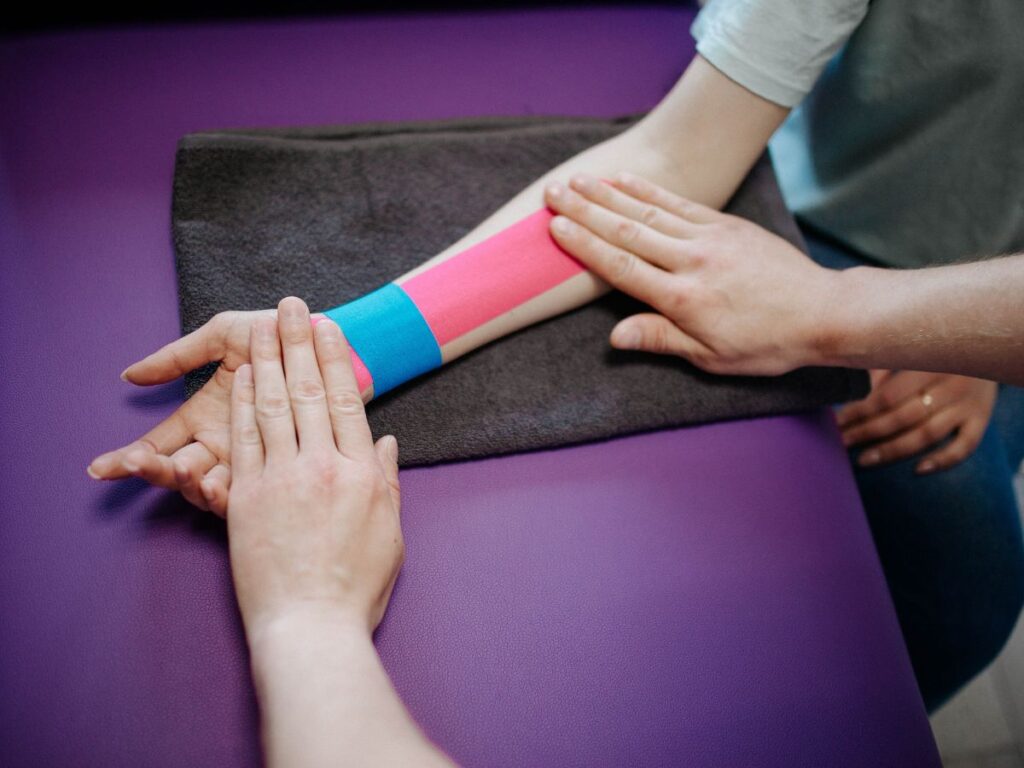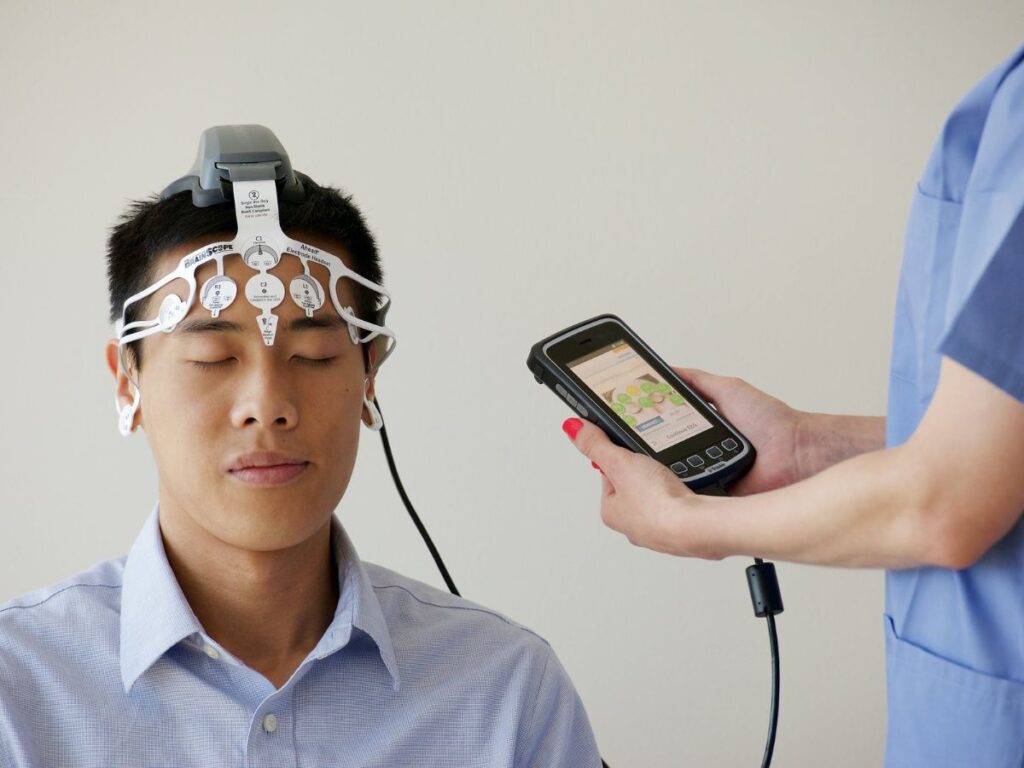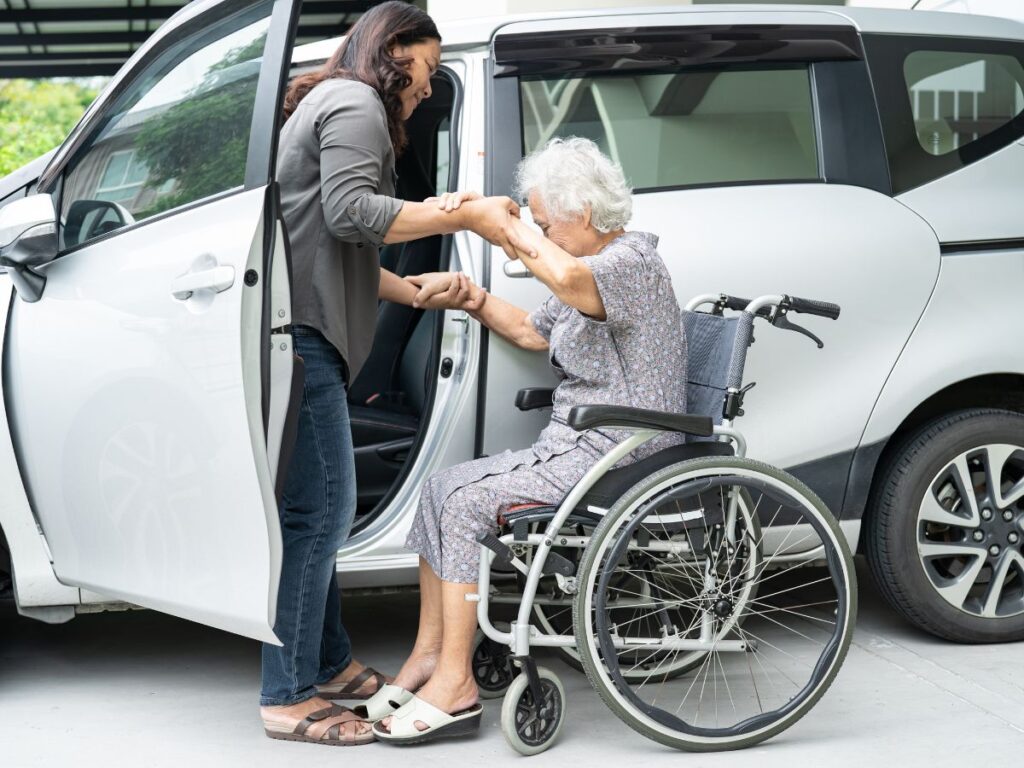Imagine this: You’re playing soccer with friends, twist your knee awkwardly, and suddenly find yourself unable to walk without pain. Or perhaps you’re stepping off a curb and feel a sharp twinge in your ankle or hip. Knee and joint injuries are part of life for athletes, workers, and anyone who moves—yet successful rehabilitation can restore not just strength and mobility, but confidence too.
Why Is Knee and Joint Injury Rehabilitation So Important?
Knee, hip, and ankle joints are essential for standing, walking, climbing, and even sitting. Injuries can happen suddenly (as with an ACL tear or a meniscus injury) or develop gradually due to arthritis or overuse. Without proper rehab, these injuries may lead to chronic pain, instability, or loss of independence.
Fast Facts:
- Every year, over 1 million Americans undergo knee or joint-related surgeries.
- Physical therapy can reduce recovery time and lower the risk of long-term disability.
- Most joint injuries respond well to targeted exercises and professional guidance.
Top Causes of Knee and Joint Injuries
- Sports accidents (twists, falls, collisions)
- Workplace slips or repetitive motions
- Sudden stops or changes in direction
- Improper footwear or unsafe surfaces
- Degenerative conditions like osteoarthritis
Frequently Asked Questions About Knee and Joint Rehabilitation
- How soon should rehab start after an injury? Early movement—within 48 hours in many cases—can speed healing, reduce swelling, and help maintain range of motion. Always follow your provider’s advice.
- What’s included in a typical knee or joint rehab plan? Individualized exercise programs, hands-on therapy, pain management strategies, and education on safe movement and posture.
- Can I recover without surgery? Many mild to moderate joint injuries recover fully with structured rehabilitation alone. Severe ligament or cartilage damage may require surgery plus post-op rehab.
- What if I have arthritis? Rehab remains crucial: targeted exercises can reduce pain, improve function, and help delay surgery.
Signs You Need Professional Knee and Joint Rehabilitation
- Persistent pain or swelling after an accident or activity
- Stiffness that limits your ability to move or bend the joint
- Instability or “giving way” while walking
- Recurring injuries or inability to return to normal activities
Rehabilitation Success Checklist
- Get an accurate diagnosis—MRI or X-ray if needed
- Follow a personalized exercise program (never “push through” pain)
- Use ice, compression, and elevation in the early phase
- Stay consistent with therapy appointments
- Focus on form and technique with each exercise
- Gradually reintroduce daily activities
- Ask about assistive devices (braces, supports) if needed
Must-Know Myths vs. Facts
- Myth: “Rest is always best after a joint injury.”
Fact: Prolonged inactivity can cause stiffness and muscle loss. Controlled movement—under guidance—is essential. - Myth: “If it doesn’t hurt, it’s healed.”
Fact: Weakness, swelling, or instability can linger without pain. Full recovery means restored function, not just pain relief.
What Makes Modern Joint Rehab So Effective?
- Active range-of-motion and strengthening exercises
- Manual therapy for joint mobility and tissue healing
- Balance and proprioception (body awareness) training
- Education on safe lifting, posture, and footwear
- Use of advanced modalities: ultrasound, electrical stimulation, aquatic therapy
Return to Sport or Work—When and How?
Your provider will assess joint stability, muscle strength, and coordination before you return to high-impact activity. Functional tests—like single-leg squats, hops, or agility drills—help determine readiness. Rushing back too soon increases the risk of reinjury.
Meet Dr. Elham: Your Ally in Knee and Joint Recovery
At a pivotal stage of your healing journey, expert guidance can make all the difference. Dr. Elham’s clinic offers advanced knee and joint injury rehabilitation—including hands-on therapy, custom exercise plans, and modern modalities for pain and swelling. Her team collaborates with orthopedic surgeons, sports physicians, and your primary care provider to ensure a seamless recovery experience. Whether you’re an athlete or simply want to regain active living, you’ll receive compassionate care every step of the way.
Next Steps: Start Your Comeback
- Listen to your body—don’t ignore pain or swelling
- Ask your doctor for a referral to a physical therapist with joint rehab experience
- Educate yourself on safe movement and injury prevention
- Visit our knee and joint rehabilitation resource page for more tips and inspiration
Your recovery is a process—be patient, stay motivated, and celebrate each milestone. The right rehab plan can get you back to the activities you love, stronger and more resilient than before.

